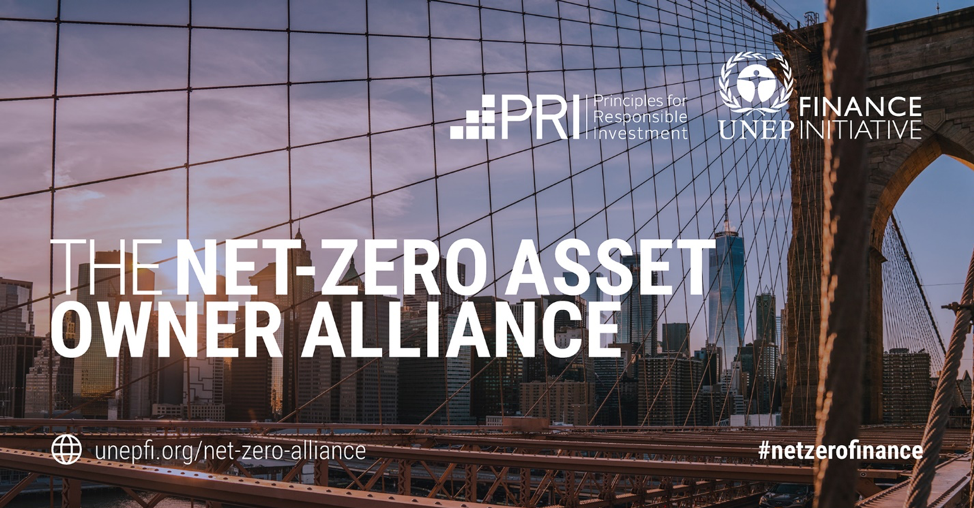Lights, Camera, ESG Action

Director of Responsible Investing at Federated Hermes, leading ESG integration and engagement across $645 billion in global assets.

It’s hard to name a more compelling example of corporate transformation than General Electric’s (GE) exit from the lighting business. Lightbulbs launched Thomas Edison’s company in the late 1800s. For much of the 20th century, the GE brand was synonymous with quality consumer appliances and electronics. As dynamics shifted in the 1980s, famed CEO Jack Welch divested its market-leading GE/RCA television business and pivoted to financial services. Today, the only part remaining of the innovative GE lightbulb is its cursive logo.
Change is essential to business, but it doesn’t always happen for the better or in a linear fashion. GE’s retreat from its iconic business lines can be traced to that regrettable foray into finance, dealt a mortal blow by the 2008 global financial crisis. The conglomerate’s parts eventually became worth more than the whole, and it recently announced it will split into three separate corporations in the aviation, health care and power sectors.
New Genre
An organization doesn’t need to reimagine itself to move in a positive direction. Adaptation is often the wiser choice. Longevity comes from determining the direction of tailwinds, not remaining anchored to the historical status quo. This is the challenge facing management and boards today when it comes to the issue of corporate sustainability. Will they meet the desires of customers, regulators and other stakeholders that increasingly demand businesses operate responsibly with greater transparency? Investors of all sizes and time horizons are certainly watching, captured in the ever-expanding environmental, social and governance (ESG) movement.
It’s a case of fortitude as much as prescience. Who is willing to devote the time and resources to chart a new path in the face of “we’ve always done it this way”? In this regard, a reasonable example is the arrival of personal computers and disk-based operating systems. It wasn’t always clear to companies accustomed to using typewriters, calculators and filing cabinets that a new age of information would alter the landscape so fundamentally. The successful ones took on the challenge, allocated capital to transition operations and workforces as a long-term strategic advantage. Leaders who viewed technology as a burden suffered, while those who embraced it benefited from efficiencies that brought new customers, market share and profits.
The Plot Thickens
The transition to fundamentally integrate sustainability practices is unfolding in a similar manner. The corporate evolution often begins as its communications division gets feedback from the outside world including customers, suppliers and media, and sometimes due to an adverse event. With the proliferation of third-party ESG scores, awareness of new benchmarks by which a company is being judged usually heightens awareness in the C-suite’s interaction with investor relations.
Effective executives keep their fingers on the pulse of the business model, but some operate in an echo chamber — especially if an industry is change-averse. If they are made aware of the threats a lax attitude can have toward changing consumer preferences and corporate disclosure, they should view them as a real long-term business risk.
Senior management and board members do not necessarily have to agree with the underlying demand drivers or new standards. But time and again, when they realize the specific ways in which ignoring extra-financial ESG factors can be damaging to the brand and bottom line, they listen and act.
Enter Protagonist
Post acceptance of this new reality, one of the next actions — besides a raft of meetings — is to establish a formal group so the organization can manage material ESG risk. Some companies form committees, but an advanced practice has been to establish a dedicated sustainability department. These have proliferated in recent years, usually headed by a chief sustainability officer who has a seat at the proverbial table and determines strategy with the rest of the C-suite. Corporations taking this approach are on hiring sprees, hindered only by the limited pool of candidates with skill sets marrying business and sustainability.
Roll The Credits
Assuming the right people have been cast, the evolution is not complete until real money needs to be spent. Enter the finance department. It’s here that the costs of implementation are quantified, and they can be formidable. A plan to reduce a company’s carbon footprint can lead an organization to anything from retrofitting facilities to revamping production. Upgrading data security and addressing environmental impact can carry upfront expenses. Capital must be allocated effectively to create the sort of intellectual property that can fuel growth in our knowledge-based economy.
In an effort to help finance its transition to greener pastures, companies are increasingly issuing a new type of security intertwined with its long-term sustainability targets. According to the Institute of International Finance (IIF), the issuance of sustainability-linked bonds is on track to exceed $1 trillion. By turning to green financing sources, companies are making an agreement with their investors that if it meets specific ESG key performance indicators, such as decarbonization targets, it will enjoy a lower cost of capital.
A New Franchise
Once senior management comes to the realization that sound ESG practices and solutions have a material impact on revenues and risk, the mindset shifts from “sustainability is a cost center” to “sustainability can be a competitive advantage.” It comes down to having the fortitude to establish a forward-looking vision above and beyond what “worked” in the past. Companies committed to transition have to make uncomfortable and sometimes unpopular strategic decisions to establish a durable business. If controversy is a sign of rising popularity, ESG may soon take center stage in boardrooms worldwide.










